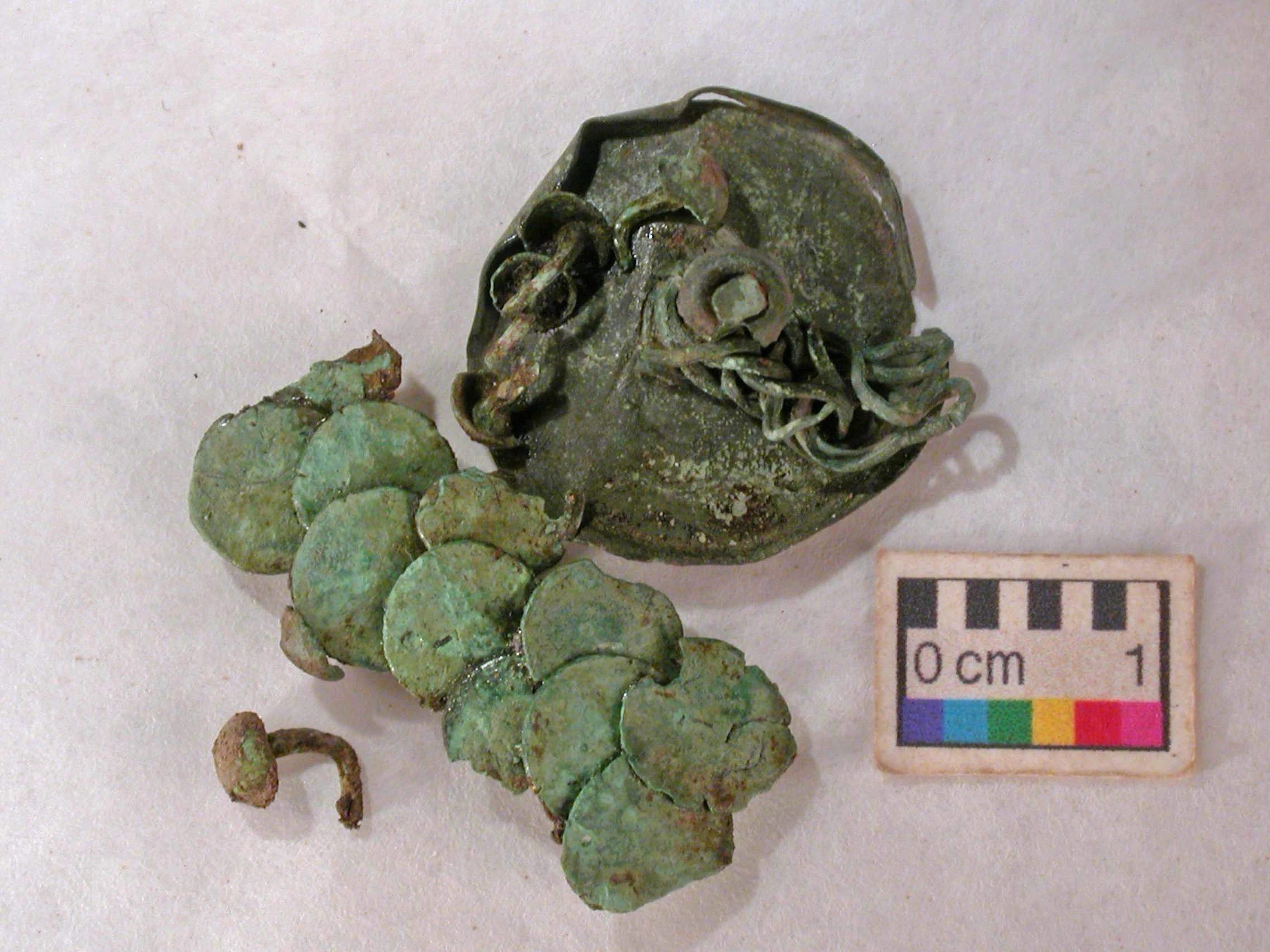Your comments & snow pics
, 10 February 2012
The snow didn't last very long in Cardiff but I did manage to get a quick pic of my bulbs. Across the country there has been much more snow. Please send me any pictures you have.
Your questions:
Stanford in the Vale Primary School. What a cold spell we have had, the ground has been rock hard all week! I hope it will not stunt our growth for the bulbs we planted into the ground? Do you think the bulbs we planted into pots should be moved into the greenhouse? Kind Regards. Gardening Club Members.
Ans: Hi Stanford. Great question. Normally, a gardener may put plants into a green house to protect the shoots from the frost, but in this experiment we are recording how the bulbs react to the weather, so please don't put them in the green house as it will affect the final result. Also, these bulbs have evolved to withstand cold winters - so don't worry they should be fine. Prof. P
Woodplumpton Primary School. We have noticed a lot of daffodils flowering but none in our school grounds. Our bulbs are a long way behind other daffodil bulbs we have in our school garden. We wonder if this is because they are older and have flowered many times before. Our mystery bulbs are growing really fast now.
Ans: Hi Woodplumpton. Great observation, I too have noticed that bulbs I planted in previous years have grown a lot more - see my pictures. I agree with what you say, I think the bulbs that were already planted from previous years are taller because they have had more time in the ground to grow. With the mild Autumn and winter they would have began to grow under the ground before we planted this years bulbs on the 20th of October. Hope that makes sence! Prof. P
Fulwood and Cadley. It has been extremely cold this week and the ground is frozen. All our bulbs have shoots now and are growing taller, the tallest being 7cm. Prof. P: Excellent news! my tallest is about that height too!
Ysgol Porth Y Felin. It has been a cold and frosty week.Sorry this is late. It has reached negative numbers in the evening. Prof. P: Very cold, well done for keeping at the recording in the cold!
Woodplumpton Primary School. We think the mystery bulbs are tulips! Prof.P: Only time will tell...
www.museumwales.ac.uk/scan/bulbs
Follow me on Twitter http://twitter.com/Professor_Plant
Follow Professor Plant Facebook

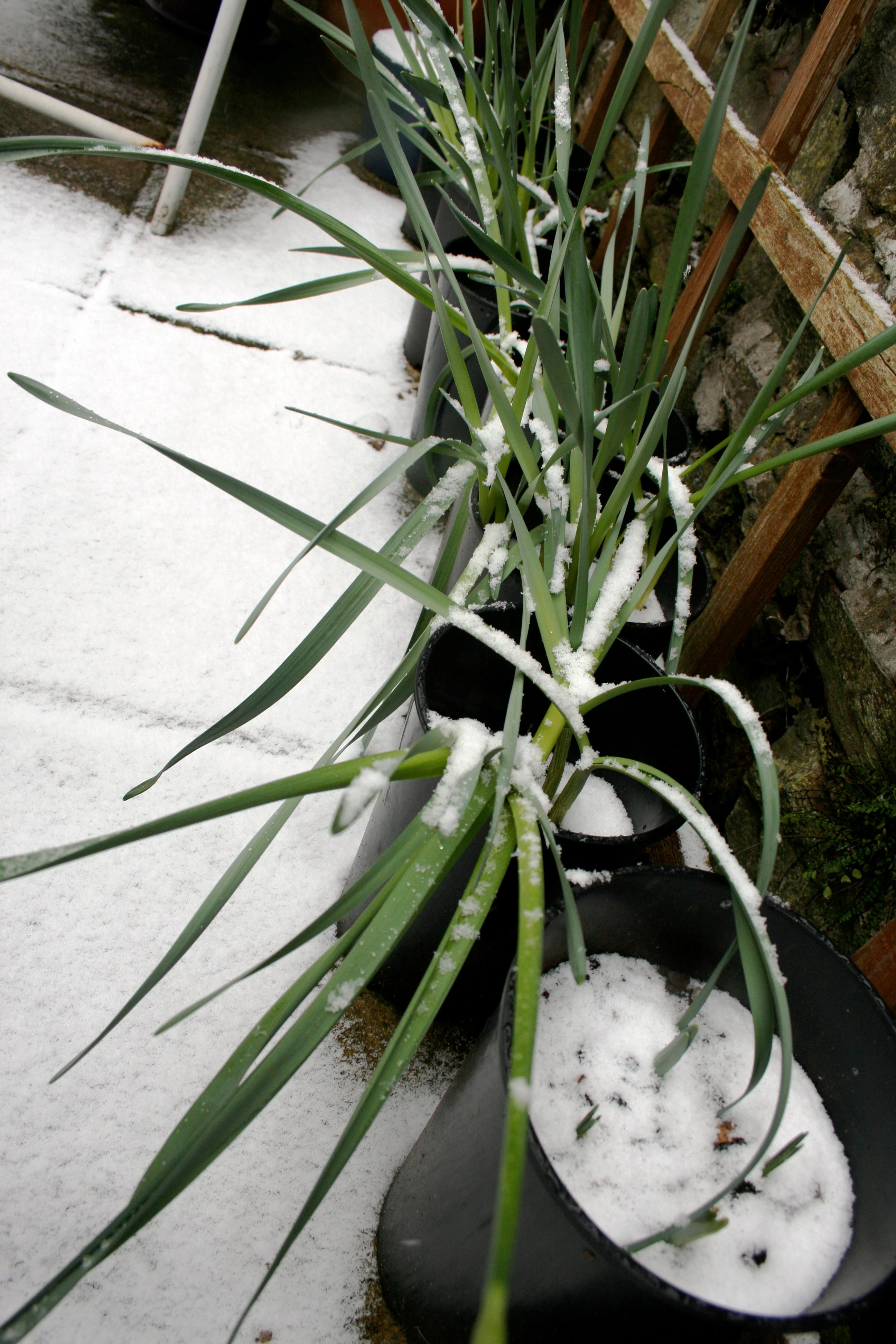
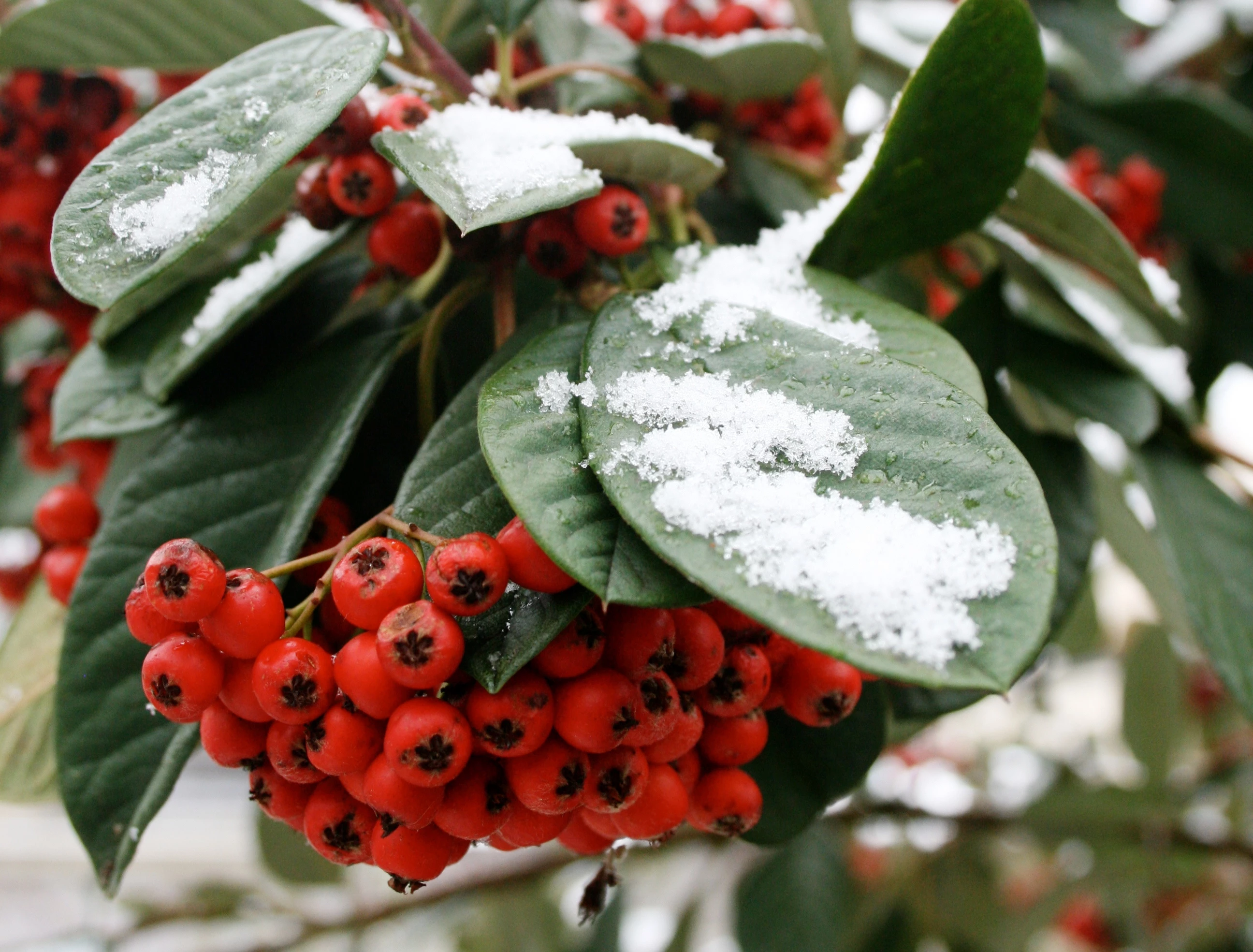


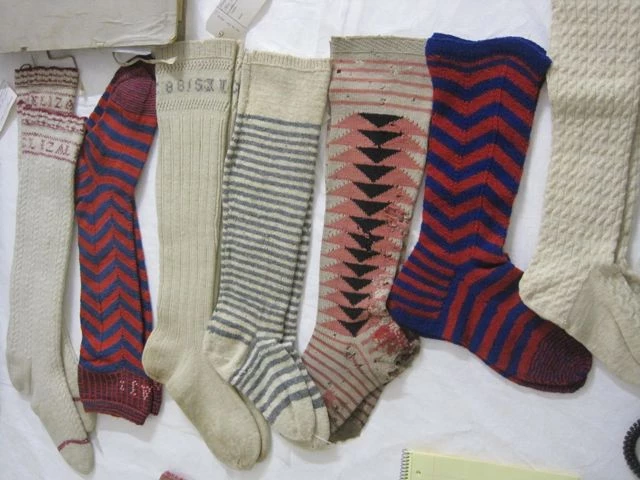
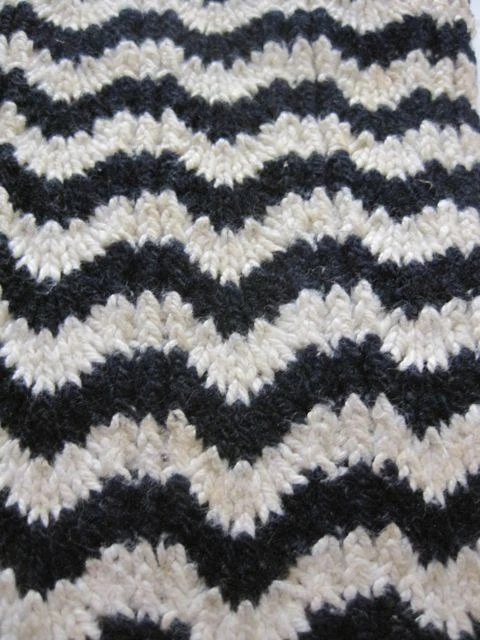
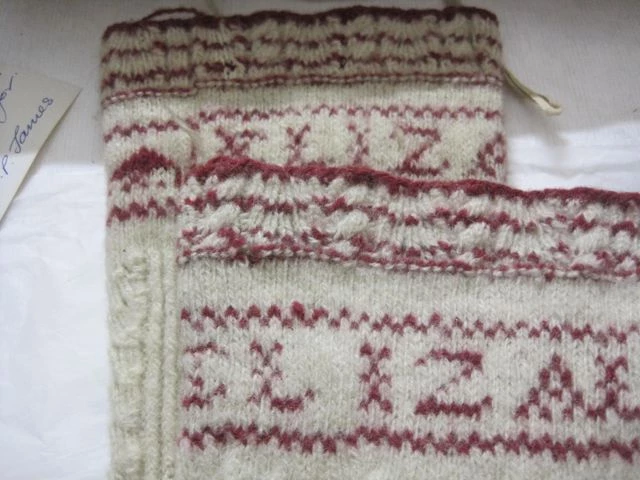



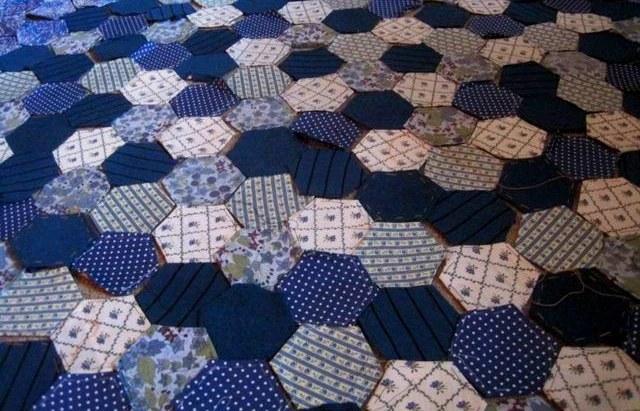
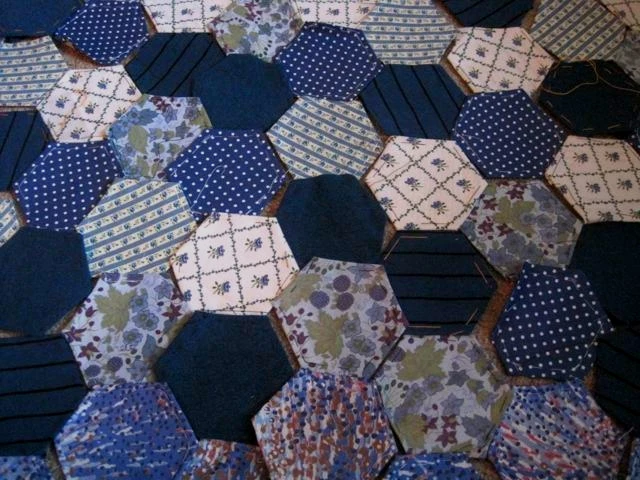

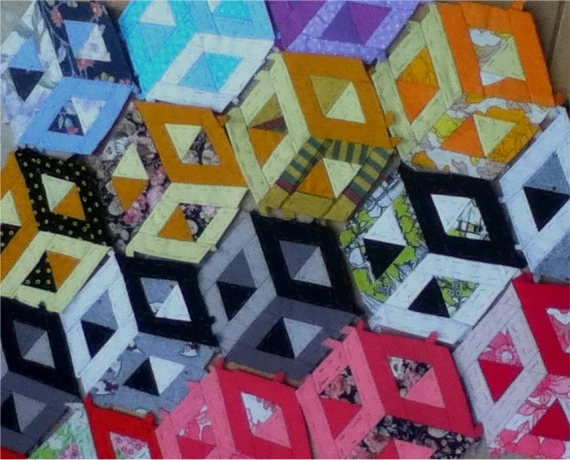
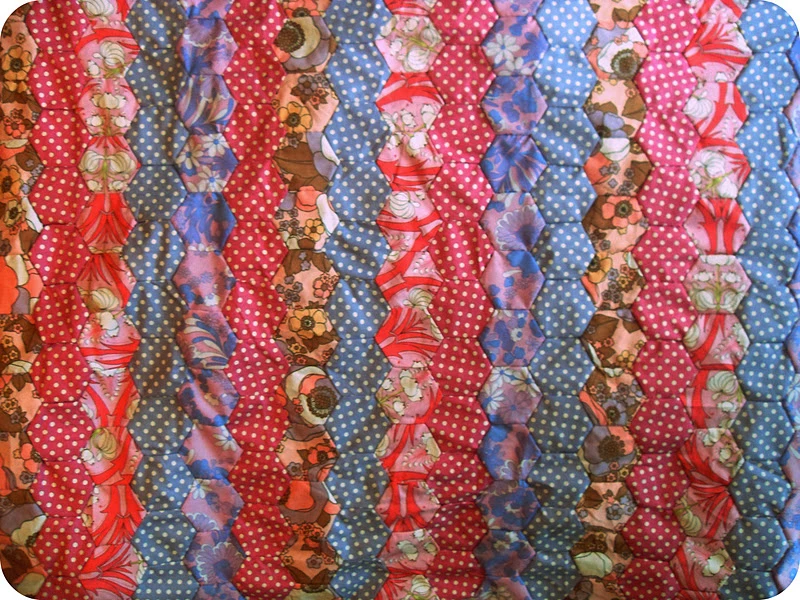
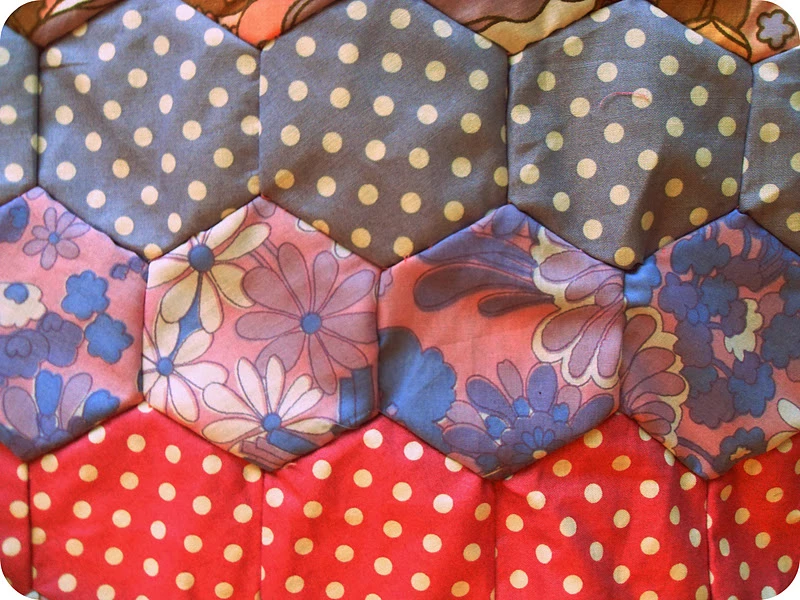
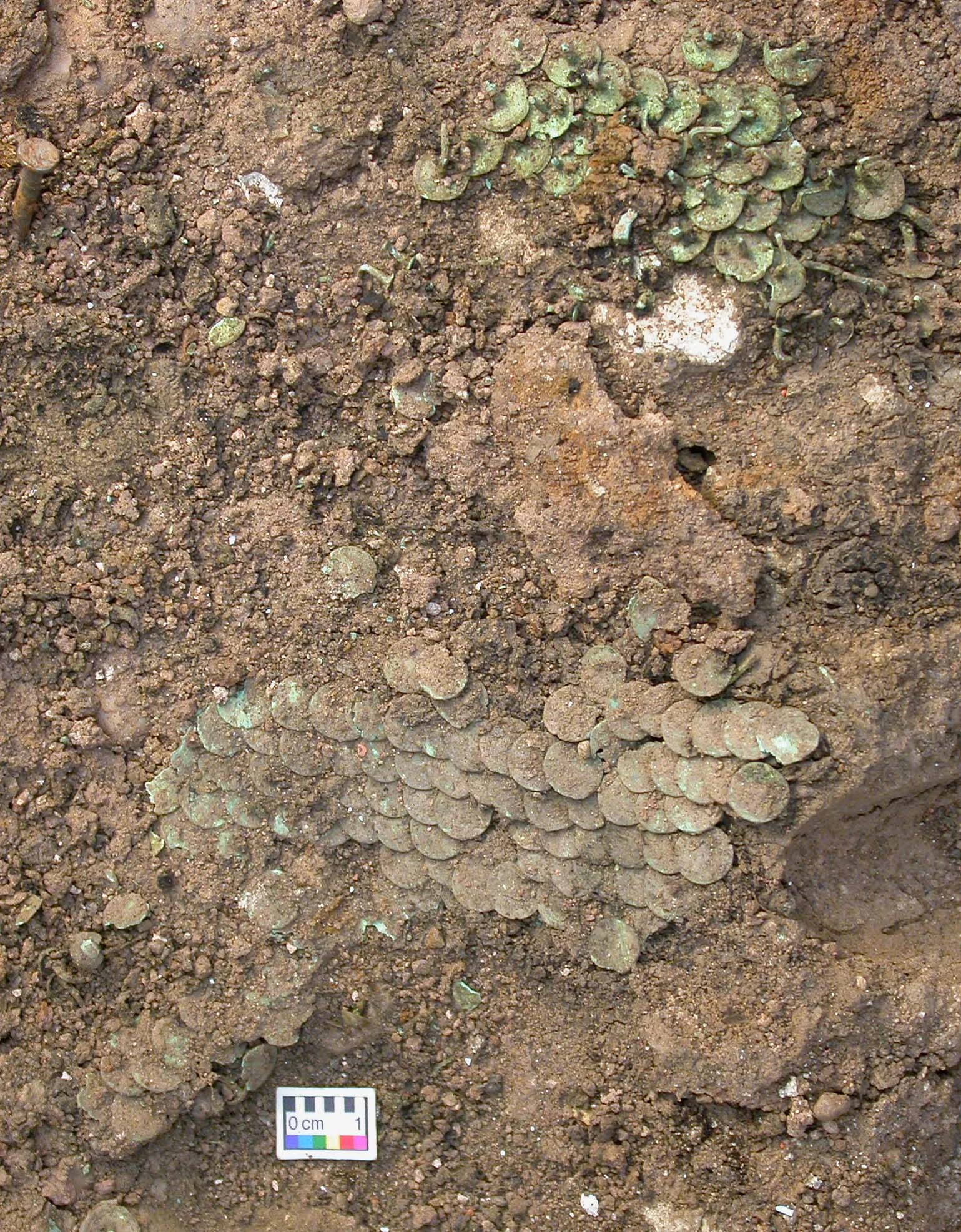
-outlined-in-white.webp)
-lifted---reverse-side.webp)
.webp)
.webp)
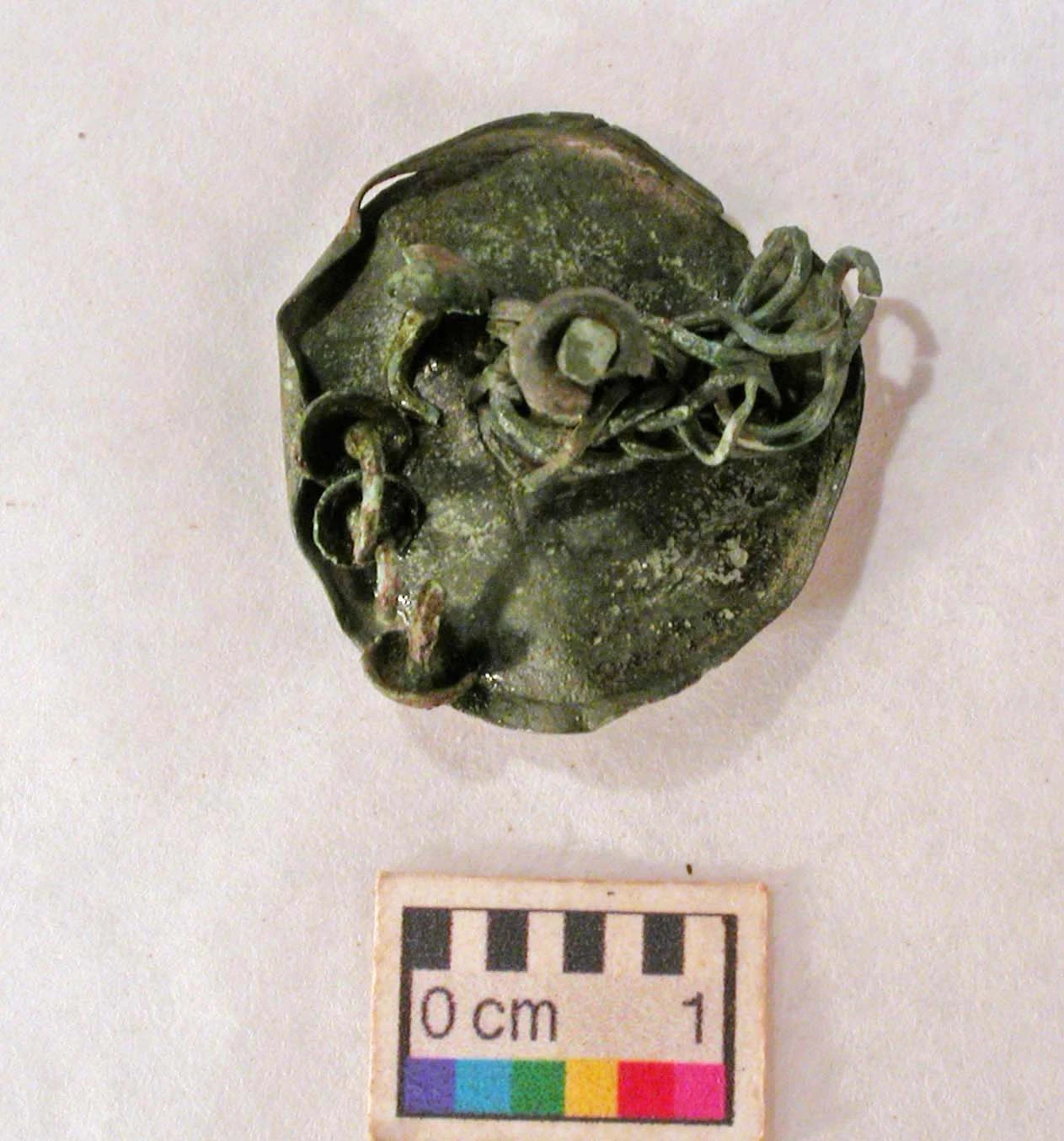
.webp)
